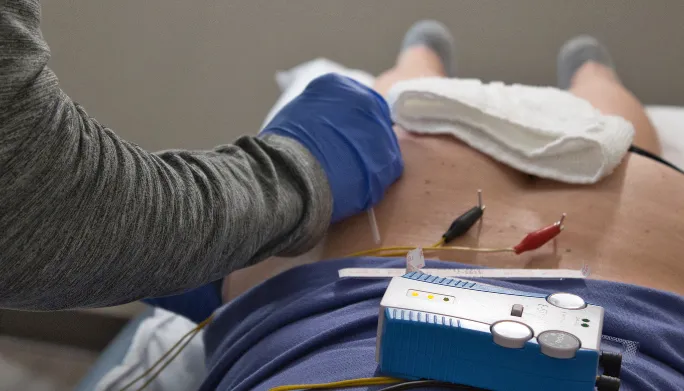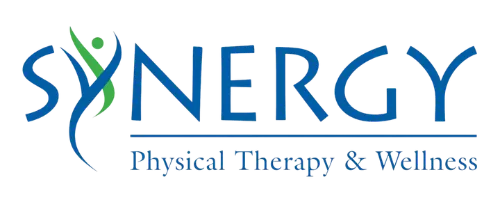Functional Dry Needling

What is Dry Needling?
Dry needling is a skilled intervention that uses a thin filiform needle —much smaller than a typical hypodermic needle — to penetrate the skin and stimulate underlying myofascial trigger points, muscular, and connective tissues. The stimulation of these trigger points is a great tool for the management of pain and movement impairments. This technique is used to treat multiple types of chronic pain caused by dysfunctions in skeletal muscle, fascia, and connective tissue. Dry needling also helps diminish the pain signals being sent (persistent peripheral nociceptive input) and reduces or restore impairments in body structure and function, leading to improved activity and participation.
Benefits of Dry Needling
Your therapist will work with you to help identify “trigger points” present, or other generally painful and/or dysfunctional areas in your muscles that may be contributing to your symptoms. The needle is then advanced into these locations in order to achieve a local twitch response which can help release muscle tension, diminish pain, increase flexibility of the tissue, and quiet muscular activity and spasm. Electrical stimulation may also be applied to help facilitate desired muscle activity, or to provide further relief from symptoms. This is most often followed up with individually-tailored exercises designed to further improve function. Dry needling is a safe and effective treatment for chronic pain of neuropathic origin with very few side effects.
How is Dry Needling Different from Acupuncture?
Physical therapists who perform Functional Dry Needling consider every muscle and its relationship to the body, seeking to address these tissues for improved function and pain.
The practice of acupuncture by acupuncturists and the performance of dry needling by physical therapists differ in terms of historical, philosophical, and practical context. The performance of modern dry needling by physical therapists is based on western neuroanatomy and modern scientific study of the musculoskeletal and nervous system. Physical therapists who perform dry needling do not use traditional acupuncture theories or acupuncture terminology.
Health care practices have developed in such a way that most professions today share some procedures, tools, or interventions with other regulated professions. While some of the tools and techniques between acupuncture and dry needling are similar, dry needling is its own unique practice.
What are the Risks of Dry Needling?
Your therapist is well-educated in the possible precautions, contraindications and complications that may arise, and these will be discussed with you prior to the procedure. Some conditions and cases may not be appropriate for Dry Needling, so it is just as important that a therapist recognize and discuss what CAN’T be treated by Dry Needling as well as what CAN.
Do I Need to Contact my Doctor or go through my Insurance Carrier to Receive Dry Needling?
No. We do have cash-pay options available for any treatment with our providers. Our Cash Pay options are simply a fixed price for a service. Along with cash, we also accept debit and care credit payments. If you are referred to Synergy PT and Wellness, Dry Needling may be appropriate to include in your course of care, this can be discussed further with your therapist.
Request An Appointment
Please fill out this form and
we will contact you about scheduling.

